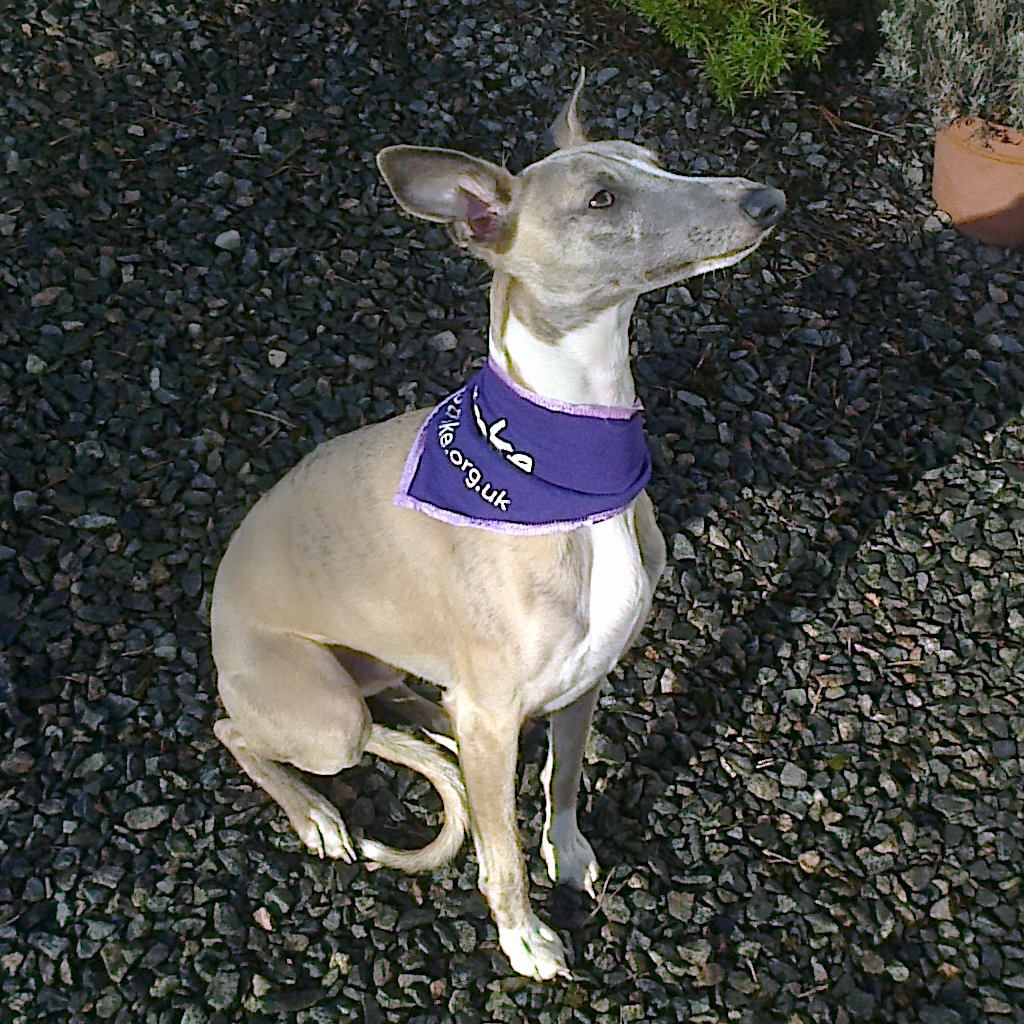 At the weekend, you, like me, may have seen an excellent cartoon depicting a newscaster saying: “Aliens haven’t landed and Elvis hasn’t been found alive. Everything else has happened.”
At the weekend, you, like me, may have seen an excellent cartoon depicting a newscaster saying: “Aliens haven’t landed and Elvis hasn’t been found alive. Everything else has happened.”
This sums up well how many of us in the UK felt on the morning of Friday 24 June. The little Englanders and little Scotlanders were apparently in full cry. Our country felt broken and diminished since the vote to leave the EU, and only the shrillest voices seemed to be shouting above the wreckage.
Time to step back and reflect on what can be achieved when countries work together, however imperfectly.
The Helsingborg Declaration on European Stroke Strategies is a statement of the overall aims and goals of five aspects of stroke management to be achieved across the continent by 2015.
1. organization of stroke services
2.management of acute stroke
3.prevention
4. rehabilitation
5. evaluation of stroke outcome and quality assessment
The UK was represented in Helsingborg and as a result of the declaration progress has been made, to varying extents, across Europe in all of those 5 areas above – I will be returning to this theme after the annual Scottish Stroke Care Audit is published next month. But whether you have a stroke in Latvia or London, Edinburgh or Estonia you want to feel that clinicians and others treating you have easy access to the best knowledge and research from all over the world, that they are working within a strong internationally recognized, evidence-based structure and are able easily to co-operate with others across the globe. With the number of strokes on the rise internationally, access for our clinicians to the best in stroke research – and the funds to maintain this research – must not be affected in any way by our departure from the EU.
With this in mind, I am reproducing below an invitation to everyone, whether affected by stroke or not, to participate in stroke-related research being undertaken at the University of Melbourne in Australia. The details were sent to me by experienced physiotherapist, Brendon Haslam, from the university. This is a recognized international study. Any details you supply are anonymous and remain confidential. It is easy to participate on line – I’ve already done so. You don’t have to be in that select group of us affected by stroke, so why not take part? In a small way you will be helping the sum total of human knowledge about stroke…and if you live in the UK, it may take your mind off the referendum:
Pain After Stroke
Stroke affects people in different ways, and people will often immediately list things such as weakness, speech difficulties, mobility and sensory loss. One thing that is often not talked about as much, or addressed, is pain following stroke, yet the presence of ongoing pain is often described by approximately half of all stroke survivors. Currently, the most common intervention or treatment used, is medication, but often the medications used can cause fatigue and other issues themselves.
At the Florey Institute of Neuroscience and Mental Health in Australia, they have identified that pain in stroke needs greater understanding, in order to develop effective, targeted treatments for this significant problem for many stroke survivors. As part of their research, they have developed an online survey, that is looking to provide valuable information about pain in stroke, in order to identify particular characteristics and symptomatic profiles of those that experience pain, compared to those that do not. In developing this study, they have brought together prominent researchers in the areas of stroke rehabilitation, neuroplasticity, sensory retraining and pain sciences.
The survey is done anonymously, and the researchers are hoping to have 1000 stroke survivors participate, both with and without pain. They are also looking to have non stroke participants (such as family members, friends of stroke survivors), in order to make further comparisons. Participation involves a questionnaire about the stroke, symptoms and pain (if present), followed by some online activities that investigate body ownership/recognition abilities of the shoulder and hand (the most common sites of pain experienced post stroke). Non stroke participants will answer a much shorter questionnaire, and perform the same activities.
We are hoping that many people will participate from all over the world, in order to get the most effect from this project. The project has ethics approval, and has been endorsed for listing on websites, social media sites of prominent stroke and pain organisations in Australia, United Kingdom, New Zealand and South Africa (and we’re currently having our information considered by other countries).
The study is open until the end of the year, so if you are at all able to participate, please do, and even better, if you can also let others know and encourage them as well. For more information, and the opportunity to participate in the survey, please go to http://research.noigroup.com/?_p=stls . Or, if you would like to contact the researchers directly, please contact Brendon Haslam (Physiotherapist) at Haslam.b@florey.edu.au or brendonhaslam@gmail.com
Thank you so much for reading this, and hopefully helping us out, and a big thank you to Eric for letting us get the message out there!

